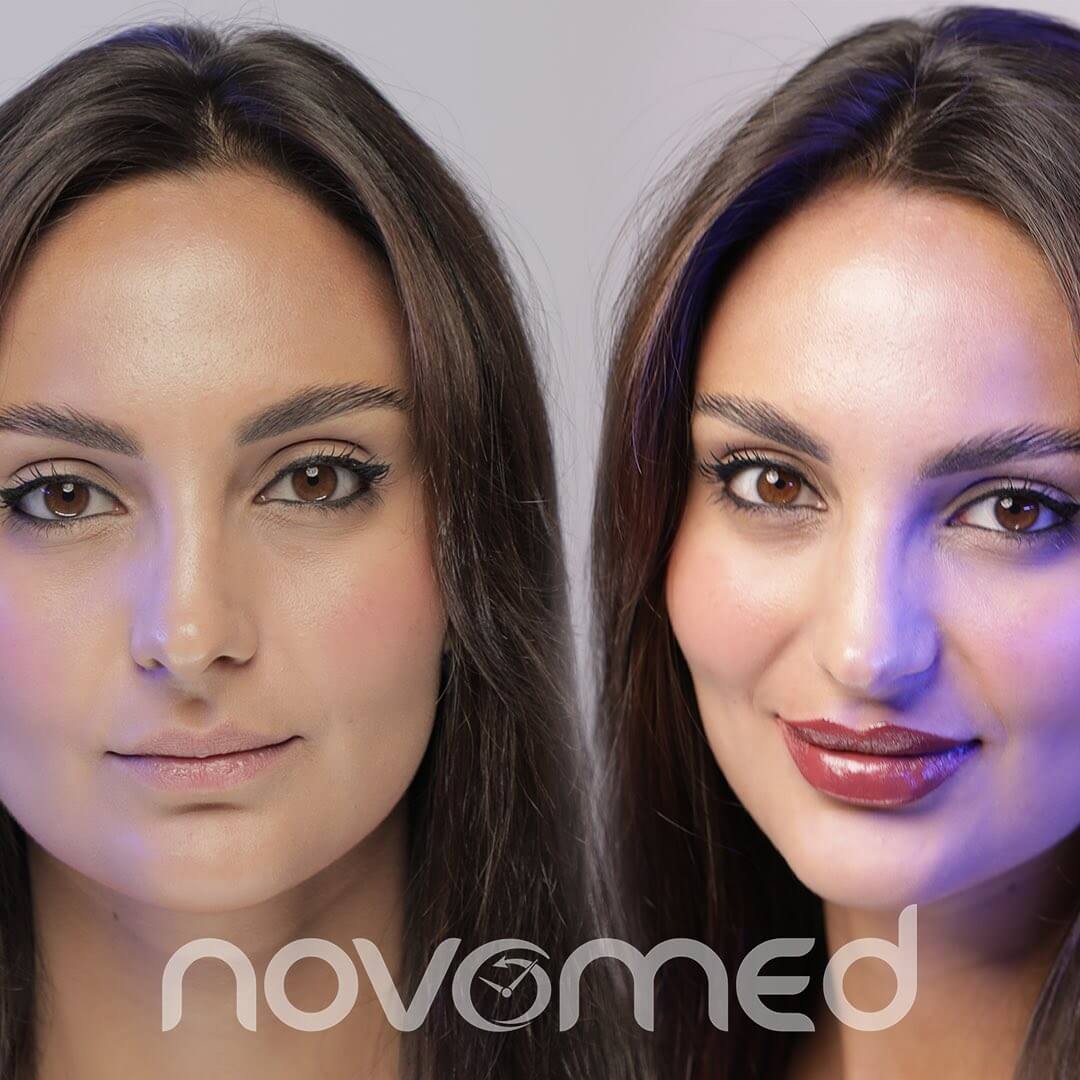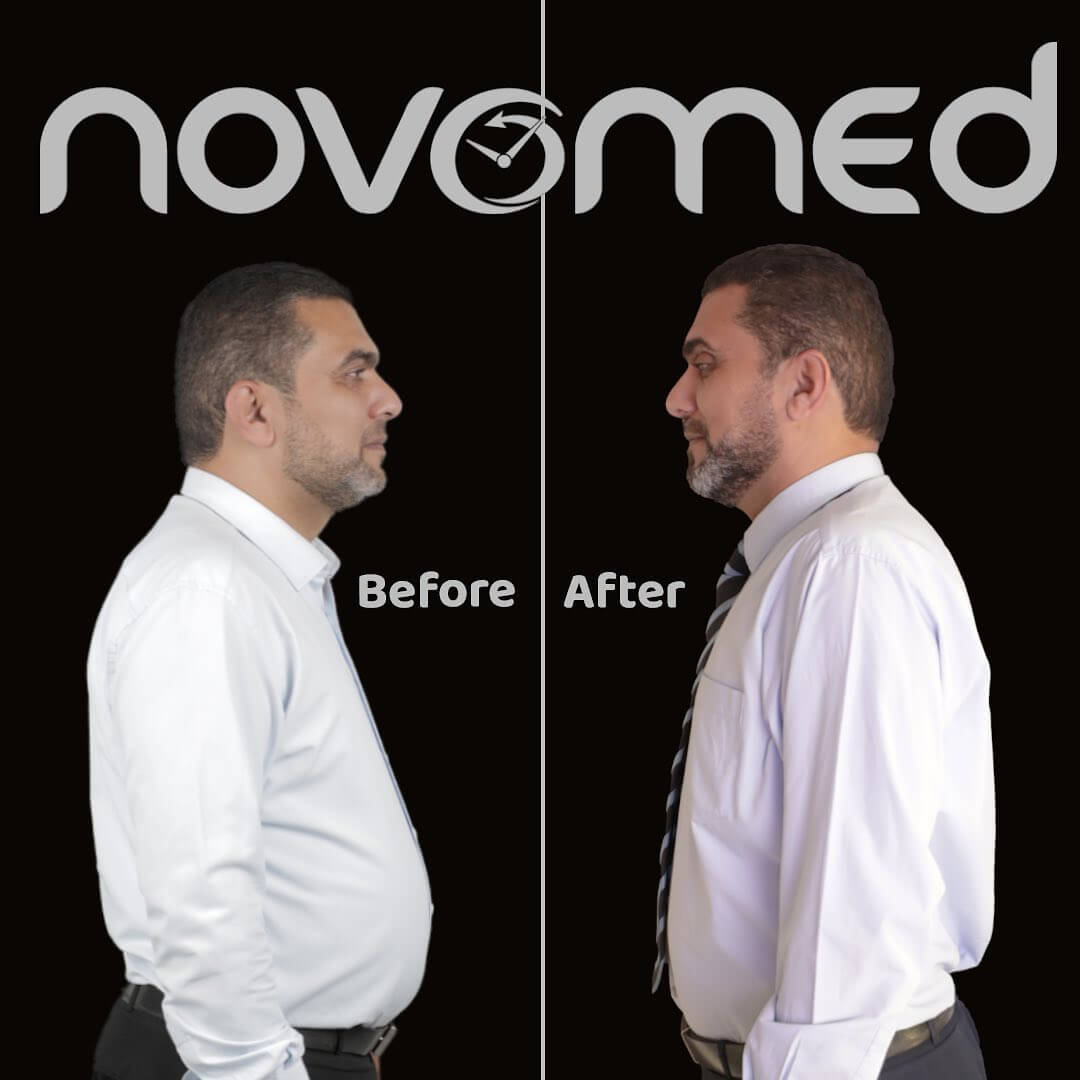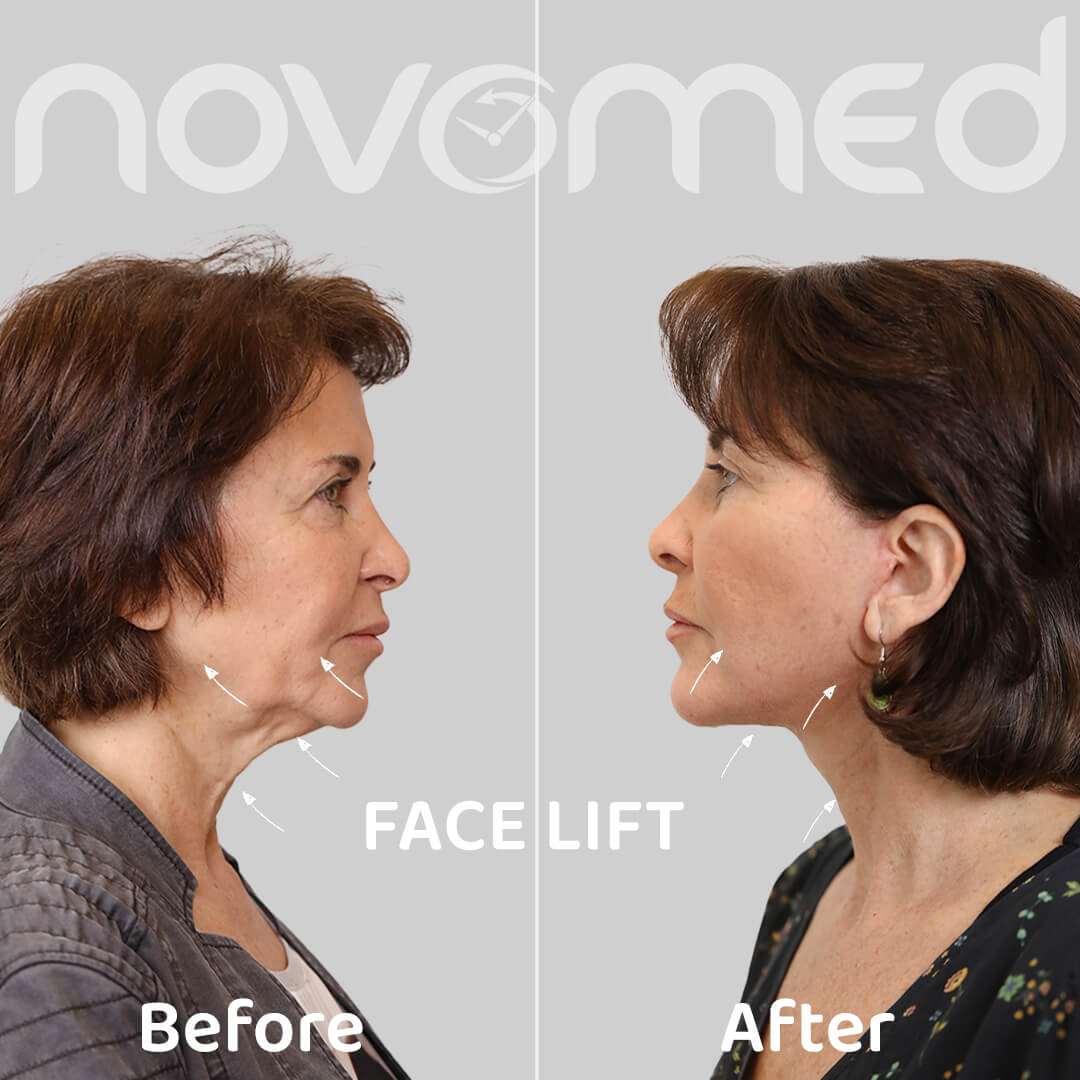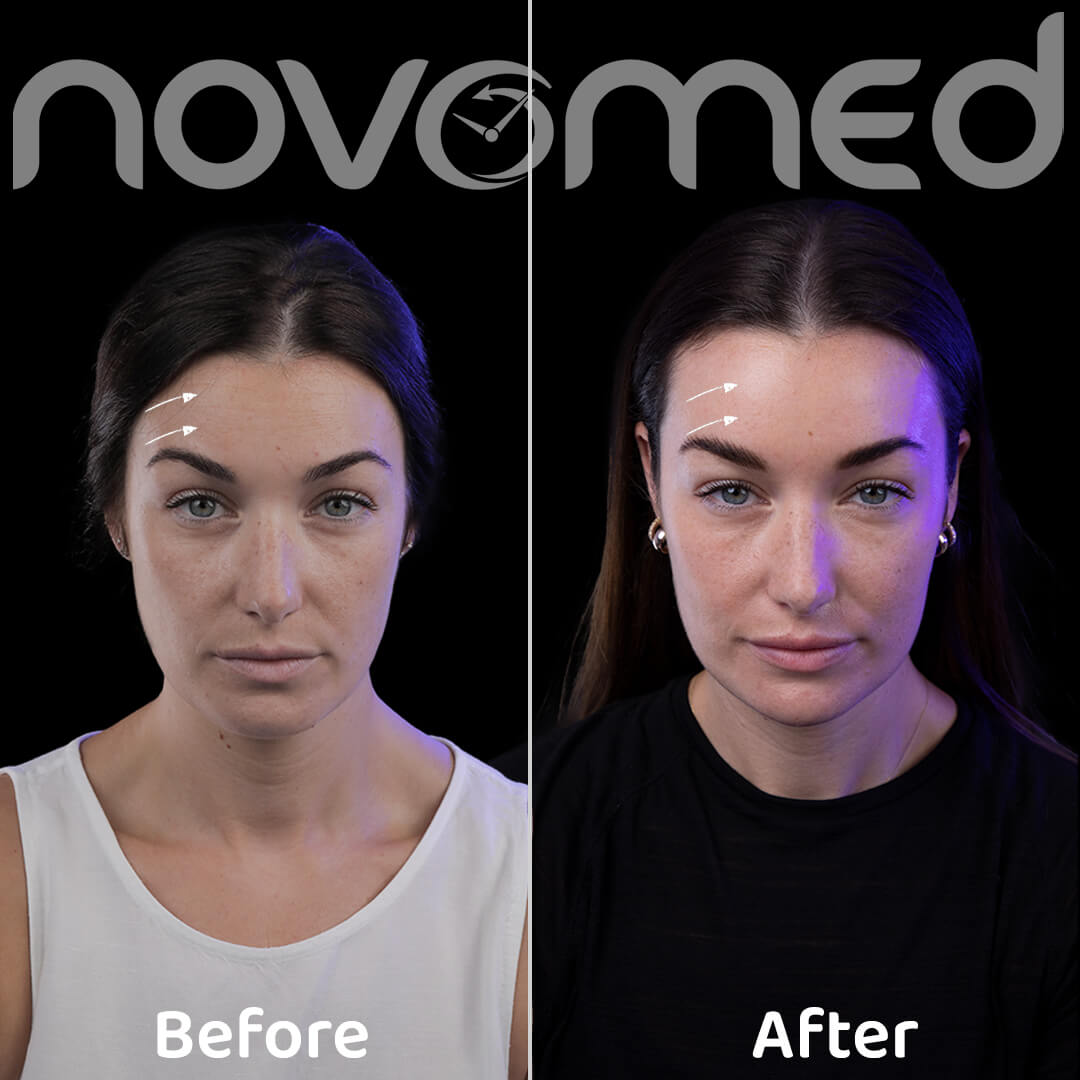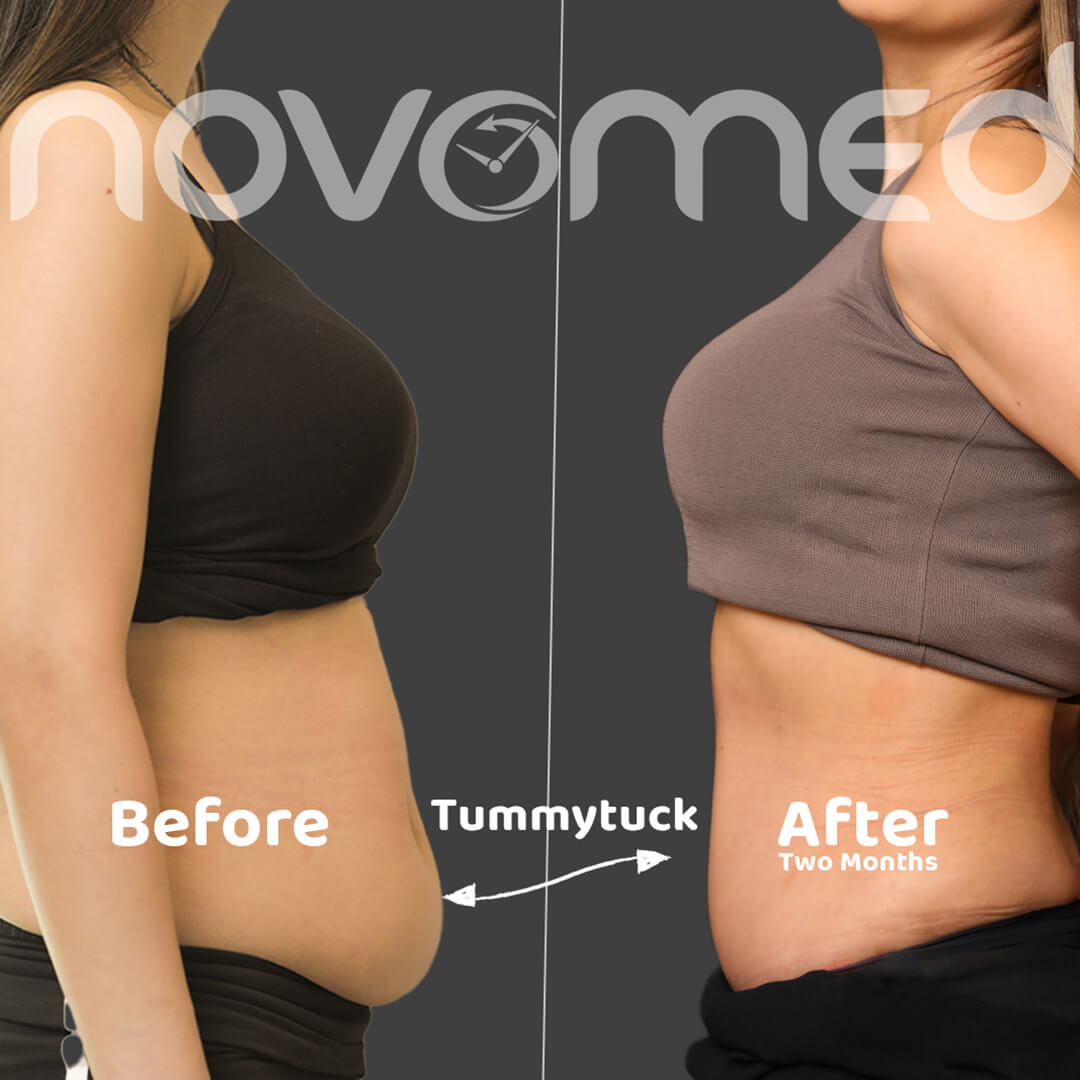Anterior prolapse, also known as a cystocele, occurs when the supportive tissue between a woman’s bladder and her vaginal wall dilates and expands, allowing the bladder to protrude toward the vagina. An anterior prolapse is also called a prolapsed bladder.
Stretching the muscles that support the pelvic organs may cause frontal to prolapse. Such tension occurs during vaginal delivery, chronic constipation, severe coughing, or carrying heavyweights. An anterior prolapse also tends to cause postmenopausal problems when estrogen levels decrease.
For slight or moderate anterior prolapse, non-surgical treatment is often effective. In more severe cases, surgery may be necessary to keep the vagina and other pelvic organs in their correct positions.
Symptoms
In mild cases of anterior prolapse, you may not notice any signs or symptoms. When signs and symptoms occur, they may include:
- A feeling of fullness or pressure in the pelvis and vagina
- Increased feeling of discomfort when agitated, coughing or lifting
- Feeling that the bladder has not been completely emptied after urinating
- Recurrent bladder infection
- Pain or urine leak during sexual intercourse
- In severe cases, a tissue mass protrudes from the opening of the vagina and you may feel as if you are sitting on an egg
Diagnosis
Diagnosis of anterior vaginal wall prolapse may include:
Pelvic examination:
You may be examined while standing or lying down. During the examination, the doctor looks at the tissue swelling inside the vagina, indicating a pelvic organ prolapse. You will likely be asked to bear down as if during a bowel movement to see how much that affects the degree of prolapse. To check the strength of your pelvic muscles, your doctor may ask you to contract them, as if you are trying to hold urine.
Filling out a questionnaire:
You may be asked to fill out a form that helps your doctor assess the effects of anterior vaginal wall prolapse on your quality of life. The doctor also uses this information when making treatment decisions.
Bladder and urine tests:
If the prolapse is noticeable, a test may be performed to see how well the bladder is emptied and whether it is fully emptied. Also, your doctor may test a urine sample to check for signs of any infection in the bladder if it appears that you have more urine in the bladder than normal after urinating.
Treatment
Treatment depends on the severity of anterior prolapse, and whether there are any associated conditions, such as the uterus slipping into the vaginal canal (uterine prolapse).
Minor cases, with few or no symptoms, need no treatment. The wait-and-see approach can be chosen with doctor visits from time to time to see if the decline is exacerbated, and this is with self-care measures, such as exercises that strengthen the pelvic floor muscles.
If self-care measures are ineffective, anterior prolapse treatment may include:
Supportive device (pessary):
The vaginal disc is a plastic or rubber ring inserted into the vagina to support the bladder. The doctor inserts the device and teaches the patient how to clean and reinsert it herself. Many women use pessaries as a temporary alternative to surgery, and some use them when surgery involves extreme risks.
Estrogen therapy:
Your doctor may recommend estrogen treatment in the form of vaginal cream, tablets or rings, especially if the woman has already had menopause. This is because estrogen, which helps maintain pelvic muscle strength, decreases after menopause.
Surgery
If the woman has apparent uncomfortable symptoms of anterior prolapse, surgery may be required.
In most cases, the surgeon performs the procedure vaginally and it involves lifting the anterior prolapsed bladder to its position, removing additional tissue, strengthening the muscles and ligaments of the pelvic floor. The doctor can use a certain type of replacement tissue to strengthen the vaginal tissue and increase support if the vaginal tissue appears to be very thin.
For anterior prolapse accompanied by uterine prolapse, the doctor may recommend removing the uterus (hysterectomy) as well as repairing damaged pelvic floor muscles, ligaments, and other tissues.
If the woman is considering pregnancy, the doctor may recommend delaying the surgery until after birth. The use of a pessary can help relieve symptoms between birth and surgery. The benefits of surgery can last for several years, but there is some risk of recurrence, which means the need to undergo another surgery at some point.
Book your appointment at Novomed today!
For more information about gynecology services or to book an appointment with one of our expert gynecologists in Dubai, call us toll free at 8006686, fill out the booking form or click the live chat icon at the bottom of the screen.








